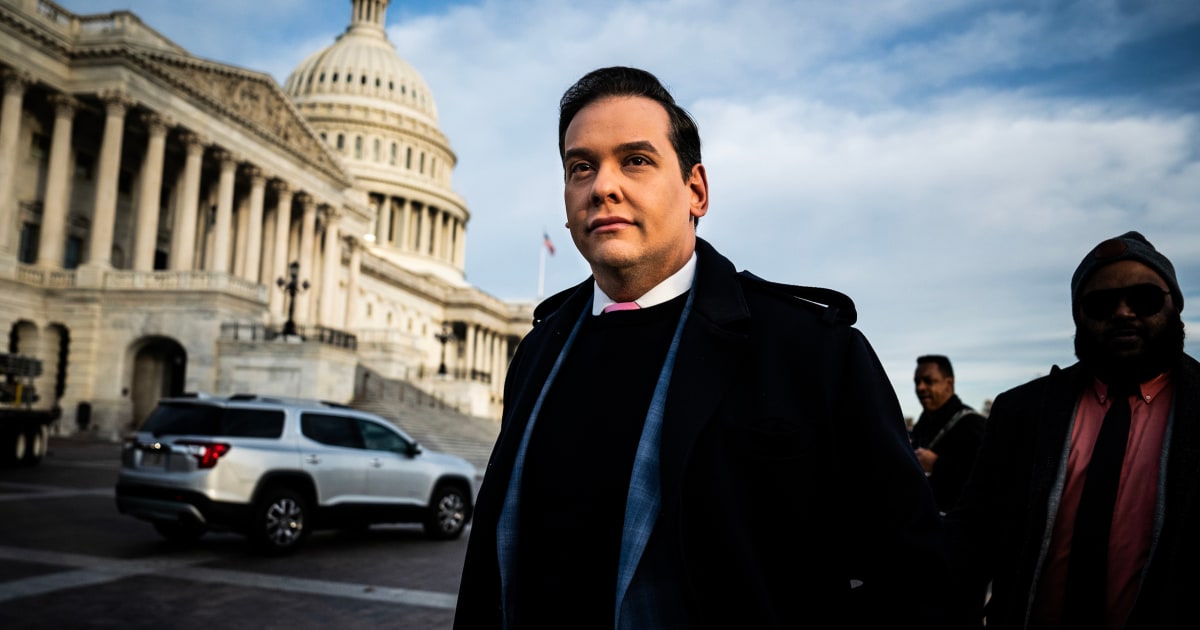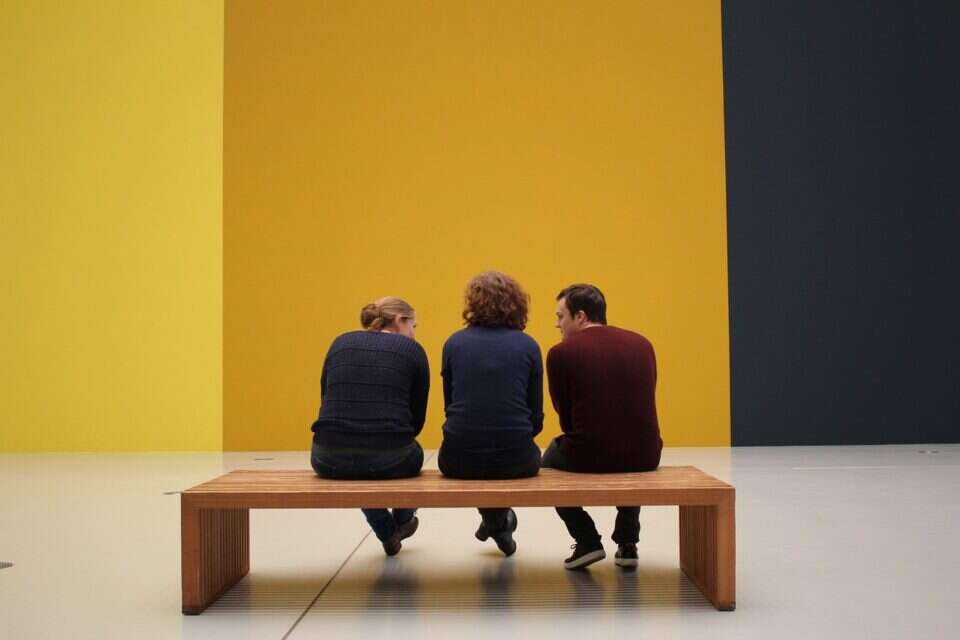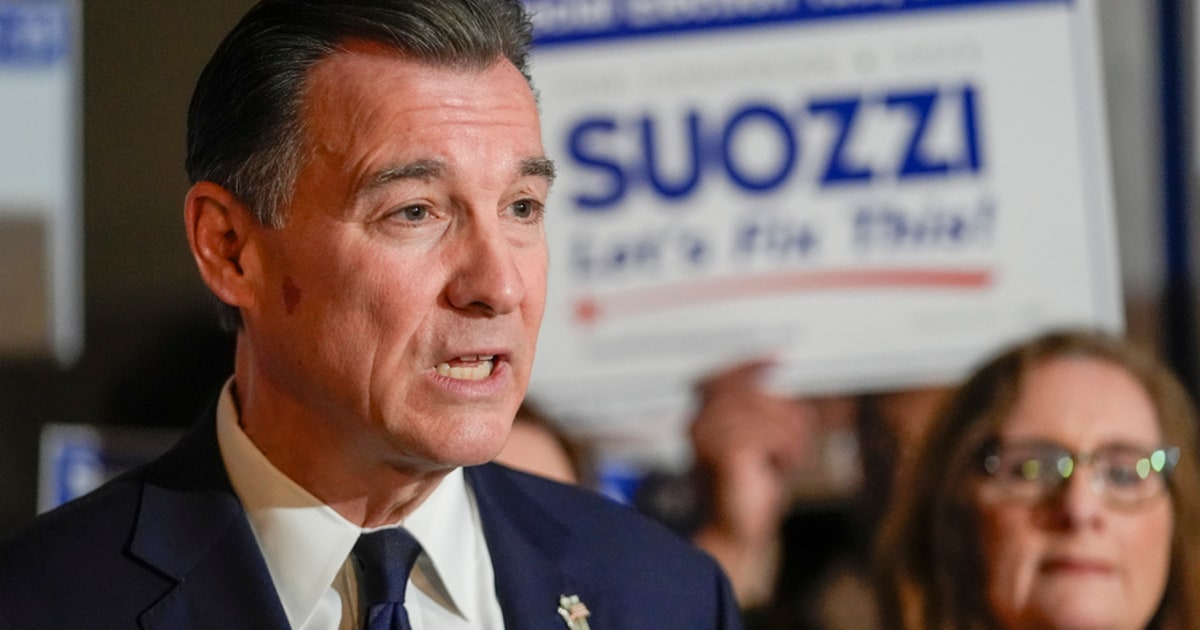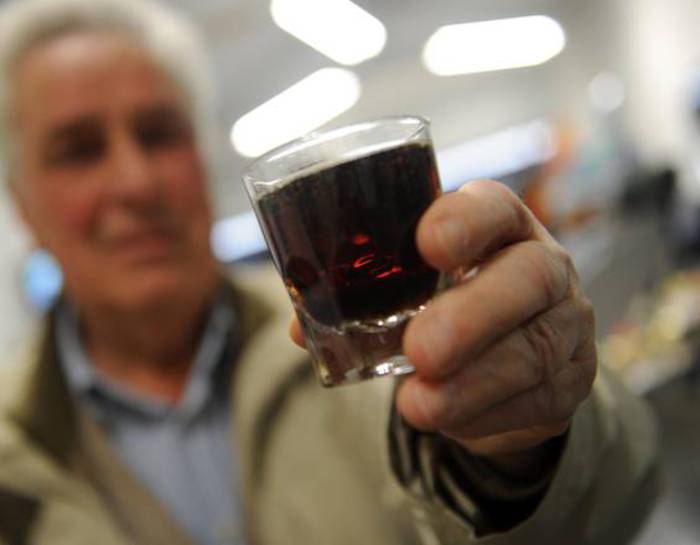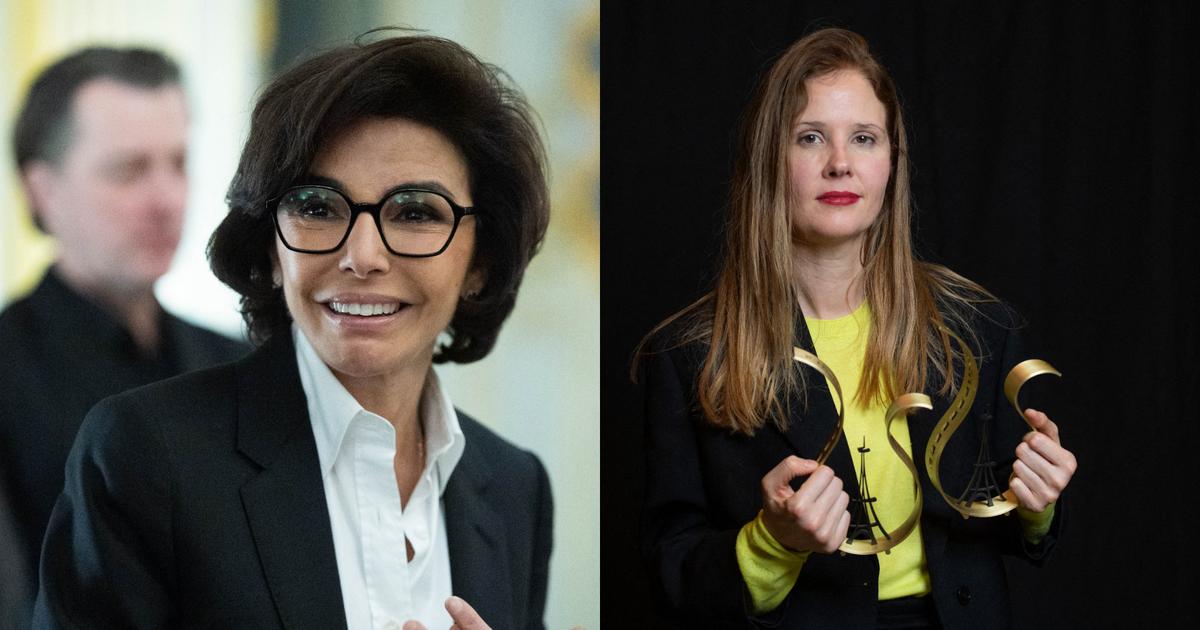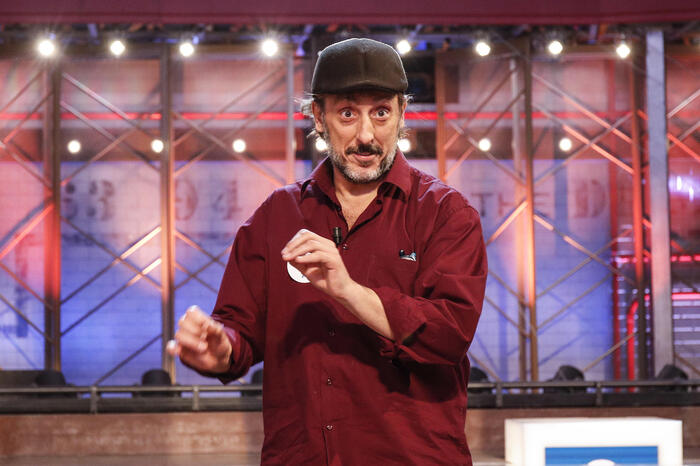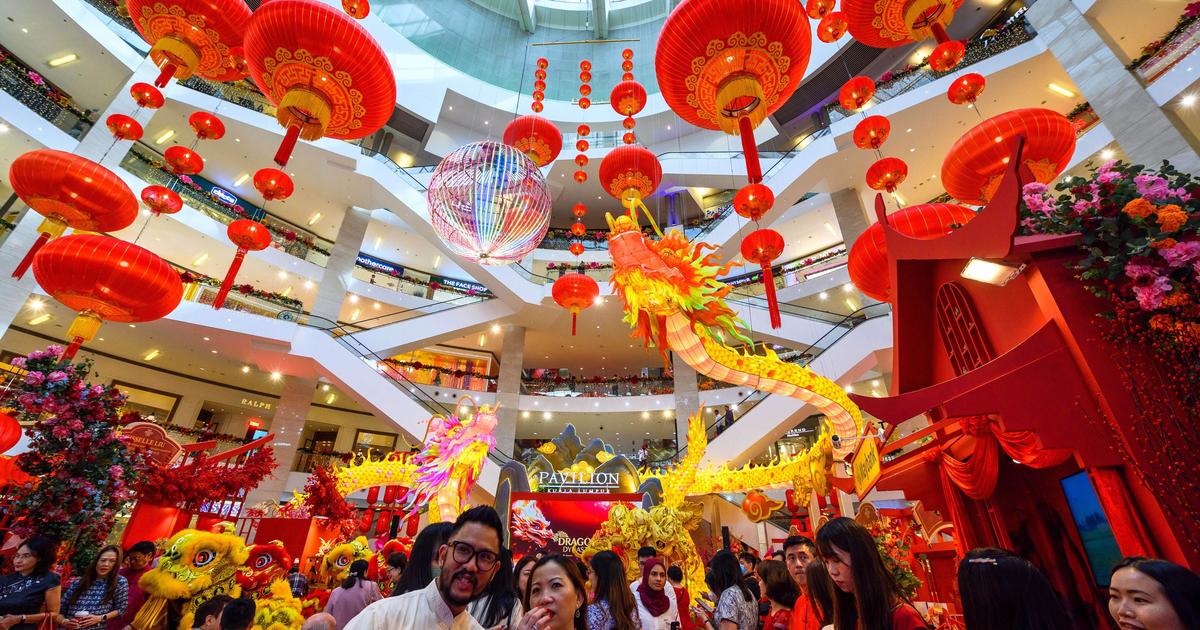The Metropolitan Opera in New York on September 23, when it announced the cancellation of the 20/21 season. Peter Foley /
Broadway theaters, museums, live music.
The cultural offer is one of the things that make New York what it is.
One of the reasons that lead people to live in the city or visit it.
But the coronavirus has taken everything away.
After a general closure, a part of the cultural offer returns to the city in the hands of the museums, which reopen with the same caution with which the city does.
Another part, that of the performing arts, will continue for a long time with the closure thrown and the damage in many cases is close to becoming irreparable.
Culture, in addition to being one of the hallmarks of the Big Apple, is an important economic engine.
The sector makes up 7.5% (120 billion) of the New York State economy and employs nearly half a million people.
Before the pandemic, there were 280,000 arts sector jobs in the city, and 153,000 of those were lost between April and July, according to a study by the Brookings Institute.
The empty streets around Times Square give the measure of what is happening in the theaters.
Broadway theaters have now been closed for six months, the longest closure in their history, and on Friday the Boradway League announced that they will not reopen until June of next year.
There are 10,000 direct jobs and another 87,000 indirect ones.
The return of tourism, when it occurs, will be key for some theaters in which one in five tickets are purchased by people who come from abroad.
The Metropolitan Opera, for its part, has already announced that it will not open until September 2021.
Museums have started to open.
In addition to the Metropolitan, whose 150th anniversary celebrations have been little short of ruined by the virus, MoMA also reopened in late August.
He did so with exhibitions dedicated to Donald Judd and to the French critic, editor, dealer and collector Félix Fénéon, anarchist and a key figure in the Paris of the avant-gardes.
The MoMA PS1, a center dedicated exclusively to contemporary art in Long Island (Queens), has just reopened with an exhibition on artists in US prisons and the importance of incarceration in new art.
In all cases, the capacity is limited to 25%, the temperature of the visitors is taken and they are obliged to wear a mask at all times.
Tickets must be reserved to attend at a specific time.
The Guggenheim Museum opened in September, as did the Whitney.
The art galleries have been allowed to open since the end of June, and they are preparing for a complicated fall season, with no openings and without the Art Basel Miami fair, which has announced that it will suspend this dedication scheduled for early December.
Live music has also put the brakes on, in a particularly delicate break for independent venues who already suffered from high rental prices and competition from large corporations in the sector.
In New York City there are 2,400 concert halls, according to a mayoral study, which create 20,000 jobs, $ 373 million in wages and contribute $ 1.2 billion to the economy.
According to a national association of independent venues, which groups 2,500 businesses across the country, without federal assistance, 90% of its venues would be forced to close if the shutdown extends beyond six months.

/cloudfront-eu-central-1.images.arcpublishing.com/prisa/ASK5JDTKTJG4XEO6SYUAT3LLDU.jpg)
